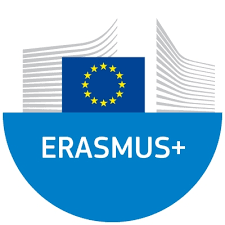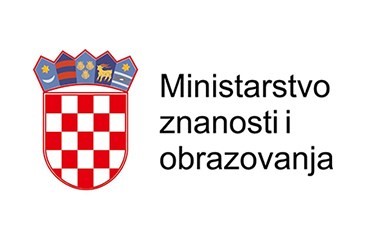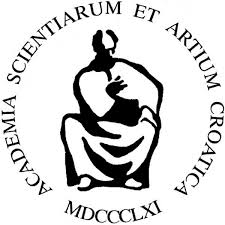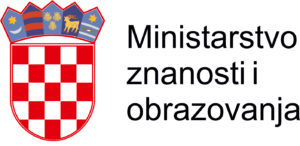EDIAQI – Evidence Driven Indoor Air Quality Improvement
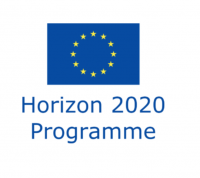
Consortium leader: Francesco Mureddu
Work package (WP5) leader: Goran Gajski
Participants (IMI): Gordana Pehnec, Marko Gerić, Ivana Jakovljević, Silvije Davila, Iva Šimić, Mirta Milić, Vilena Kašuba, Katarina Matković, Ivana Vrhovac Madunić, Dean Karaica, Maja Nikolić, Luka Kazensky, Vedran Micek, Davorka Breljak, Tajana Horvat i Marija Jelena Lovrić
Programme: HORIZON
Call: HORIZON-HLTH-2021-ENVHLTH-02
Duration: 01.12.2022. – 30.11.2026.
Abstract: Indoor air pollution, an emerging threat recognized by European society, is claiming millions of lives annually. In the heat of current COVID-19 pandemic, elevated exposure to indoor air pollutants due to increased time spent indoors further faces a significant increase in negative effect on both physical and mental health and well-being not only in Europe, but also worldwide. When it comes to indoor air quality itself, serious knowledge gaps remain in understanding complex nature of indoor-outdoor pollution relationships, pollution sources and exposure pathways, health effects of emerging pollutants, ventilation of indoor spaces on wide spatial and long temporal scales. This is mainly because air quality monitoring in European Union (EU) is primarily focused on outdoor air quality, which paradoxically is a result of regulatory target compliances, which is lacking for indoor environments. To increase the resilience of EU for emerging threats of indoor air pollution and to promote living and working in healthy environments, project EDIAQI aims at conducting characterization of sources and routes of exposure and dispersion of chemical, biological, and emerging indoor air pollution in multiple cities in EU. Quantification of the main properties of pollutants and processes that governs its fate in indoor environments will be investigated on two levels: a) the-state-of-the-art, small-scale, high-intensity scientific focus measurement campaigns; and b) long-term, large-scale monitoring of target indoor air pollutants. The chosen project strategy for developing, characterization, and deployment of cost-effective/user-friendly monitoring solutions, together with the-state-of-the-art scientific instrumentation will allow to create new knowledge on sources, routes of exposure, and body burdens of indoor multipollutant.
Link: https://ediaqi.eu/

